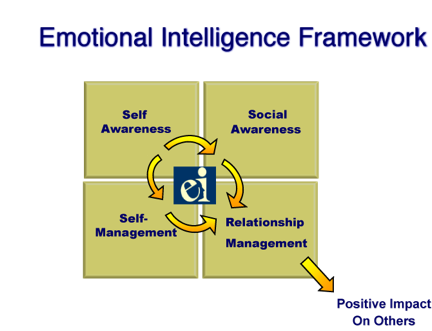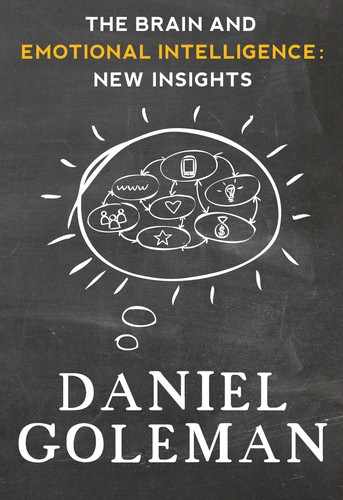Introduction
Back in 1995, just before my book Emotional Intelligence came out, I remember thinking that I would have succeeded if one day I happened to overhear two strangers talking, and one used the term ‘emotional intelligence’ – and the other knew what it meant. That would signal that the concept of emotional intelligence, or EI (the term I favor instead of the popularization “EQ”) had become a meme, a new idea that had entered the culture. Today EI has far exceeded that expectation, proving a powerful model for education in the form of social/emotional learning, and recognized as a fundamental ingredient of outstanding leadership, as well as an active agent in a fulfilling life.
When I wrote Emotional Intelligence I was harvesting a decade of then-new research on the brain and emotions. I used the concept of emotional intelligence as a framework to highlight a new field: affective neuroscience. Research on the brain and our emotional and social lives didn't stop when I finished the book; if anything, it has accelerated in recent years. I included updates on this research in my books Social Intelligence and Primal Leadership, as well as in a series of articles in the Harvard Business Review.
In this book I want to continue those updates, sharing with you some key findings that further inform our understanding of emotional intelligence and how to apply this skill set. This is not an exhaustive, technical review of scientific data – this is a work in progress that focuses on actionable findings, on new insights you can use.
I’ll cover the following topics:
•The Big Question being asked, particularly in academic circles: “Is there such an entity as ‘emotional intelligence’ that differs from IQ?”
•The brain’s ethical radar
•The neural dynamics of creativity
•The brain circuitry for drive, persistence, and motivation
•The brain states underlying optimal performance, and how to enhance them
•The social brain: rapport, resonance, and interpersonal chemistry
•Brain 2.0: our brain on the web
•The varieties of empathy and key gender differences
•The dark side: sociopathy at work
•Neural lessons for coaching and enhancing emotional intelligence abilities
There are three dominant models of emotional intelligence, each associated with its own set of tests and measures. One comes from Peter Salovey and John Mayer, who first proposed the concept of emotional intelligence in their seminal 1990 article1. Another is that of Reuven Bar-On who has been quite active in fostering research in this area2. The third is my own model, which is most fully developed in Primal Leadership (the book I wrote with my colleagues Annie McKee and Richard Boyatzis). There are several other EI models by now, with more in the works – a sign of the vibrancy of the field3.

Emotional Intelligence – Goleman Model
Most elements of every emotional intelligence model fit within these four generic domains: self-awareness, self-management, social awareness, and relationship management.
